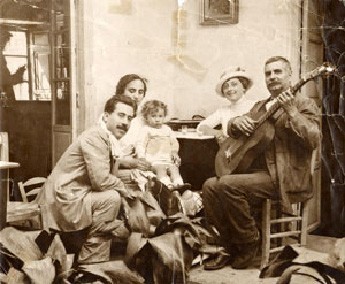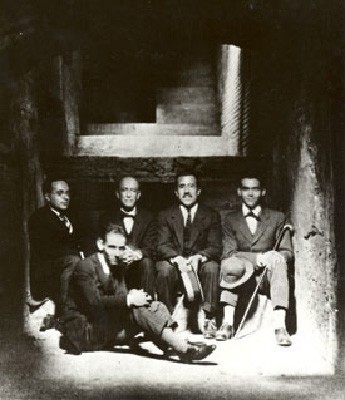GRANADA AND THE TIMES OF ÁNGEL BARRIOS
Granada at the end of the 19th century became a mecca for romantic travellers with Orientalist ideals, who created and transmitted the ‘dream of the Alhambra’. It was picturesque, where characters such as Chorrojumo, a gypsy braggart who gave himself a rather romantic air, could still be found – much to the delight of travellers and tourists.


BARRIOS, CLOSER

How to get there
Access to the temporary exhibition and the museum

New recordings
Discover new recordings of the work of Ángel Barrios and his contemporaries

Alhambra: cultural landscape
Strategic commitment for the development and the cultural re-evolution of his city

Multimedia
A window with a view of time





 Contact
Contact
















